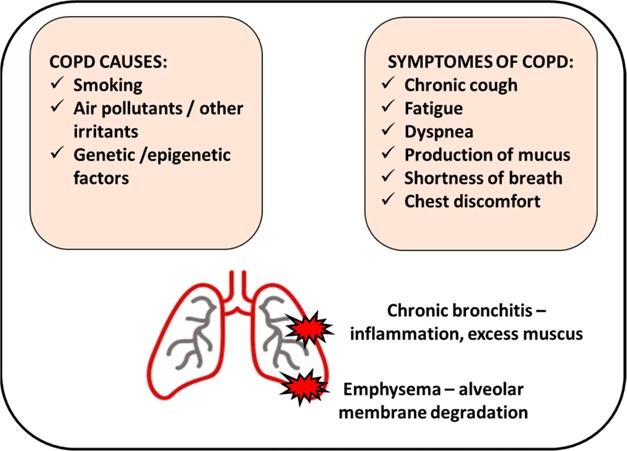An older client comes to the clinic with a family member. When the nurse attempts to take the client's health history, the client does not respond to questions in a clear manner. Which action should the nurse implement first?
Provide a printed health care assessment form.
Defer the health history until the client is less anxious.
Ask the family member to answer the questions.
Assess the surroundings for noise and distractions.
The Correct Answer is D
The ability to effectively communicate and provide accurate information can be impacted by external factors such as noise, distractions, or an unfamiliar environment. By assessing the surroundings, the nurse can identify and address any potential barriers to communication.
Once the nurse has addressed any environmental factors that may be hindering communication, they can proceed with other strategies to facilitate the health history assessment. This may include providing a printed healthcare assessment form to assist the client in organizing their thoughts or deferring the assessment until the client is less anxious.
Asking the family member to answer the questions should be considered if the client is unable to provide accurate information or is cognitively impaired. However, it is important to first address any environmental factors and attempt to engage the client directly in the assessment process.
Nursing Test Bank
Naxlex Comprehensive Predictor Exams
Related Questions
Correct Answer is C
Explanation
Emphysema is a chronic obstructive pulmonary disease (COPD) characterized by the destruction of lung tissue and loss of elasticity in the alveoli. This leads to poor gas exchange, specifically the reduced ability of oxygen to enter the bloodstream and carbon dioxide to be eliminated from the body. Impaired gas exchange can result in hypoxemia and hypercapnia, leading to symptoms such as shortness of breath, fatigue, and decreased exercise tolerance.
While self-care deficit, activity intolerance, and ineffective airway clearance are all potential complications associated with emphysema, impaired gas exchange is the priority due to its direct impact on the client's oxygenation and overall respiratory function.
Addressing impaired gas exchange and optimizing oxygenation is essential to support the client's respiratory health and prevent further complications. Management strategies for impaired gas exchange may include administering supplemental oxygen, implementing respiratory treatments to improve lung function, and providing education on breathing techniques and energy conservation.

Correct Answer is ["A","B","D"]
Explanation
A. Prolonged standing or sitting can worsen venous insufficiency and increase the risk of blood pooling in the legs. Encouraging the client to move around and avoid prolonged periods of immobility can help improve circulation.
B. Compression stockings help improve blood flow by applying pressure to the legs, reducing swelling and preventing blood from pooling. The client should be instructed to continue wearing them as prescribed by their healthcare provider.
C.Crossing the legs can impede blood flow and should be avoided altogether.
D. Sitting for extended periods can also contribute to blood pooling. Using a recliner allows the client to elevate their legs, promoting better circulation and reducing the risk of complications. The nurse should recommend using a recliner when sitting for long periods of time.
E.Elevating legs during sleep is generally advised to reduce venous pressure.
Whether you are a student looking to ace your exams or a practicing nurse seeking to enhance your expertise , our nursing education contents will empower you with the confidence and competence to make a difference in the lives of patients and become a respected leader in the healthcare field.
Visit Naxlex, invest in your future and unlock endless possibilities with our unparalleled nursing education contents today
Report Wrong Answer on the Current Question
Do you disagree with the answer? If yes, what is your expected answer? Explain.
Kindly be descriptive with the issue you are facing.
